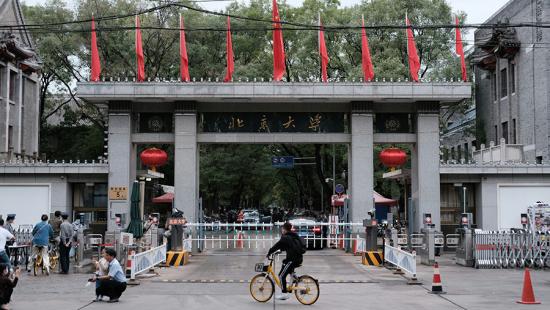Ian Fletcher: A Synergistic Approach for Reimagining the Human and Nonhuman World

City Hive: Visions of Human and Non-human Coexistence. image / Shaan Singh, AD3 Studio, Leeds School of Architecture
Strauch Visiting Critic in Sustainable Design Lecture
Abstract
In the current era of the Anthropocene, humans have exploited the planet at an unprecedented scale often caused by the extraction, production, and manufacturing of building materials. Nonhuman habitats, as opposed to their human counterparts, are influenced by nature which contributes to a wider ecological system. This creates a curiosity to explore areas of architecture to create human habitats that are no longer intruders to nature but that work in synergy. Can this approach enhance symbiotic relationships among species to promote environmentally friendly and sustainable innovation?
Biography
Ian A. Fletcher has worked in architectural practice in Trinidad and Tobago and taught at Carleton University in Canada and at the Birmingham School of Architecture before joining the Leeds School of Architecture. Fletcher is interested in theoretical and practical urban scale ideas, which can help post-industrial cities transition towards self-sufficiency. His research aims to promote an ecological rethinking of post-industrial infrastructures and waste management to maximize local biomaterial production. In April, Fletcher successfully completed his Ph.D. in the School of Built Environment, Engineering and Computing at Leeds Beckett University. His Ph.D. thesis, "A Biobased Composite prepared with Agricultural By-products, Fungi and Wastes: A Material Evaluation," investigated the development of mycelium biocomposites made from locally sourced organic materials in the Yorkshire region to reduce the construction industry's reliance on fossil-dependent materials and as a major driving force for developing bioindustries in rural areas in the United Kingdom.







